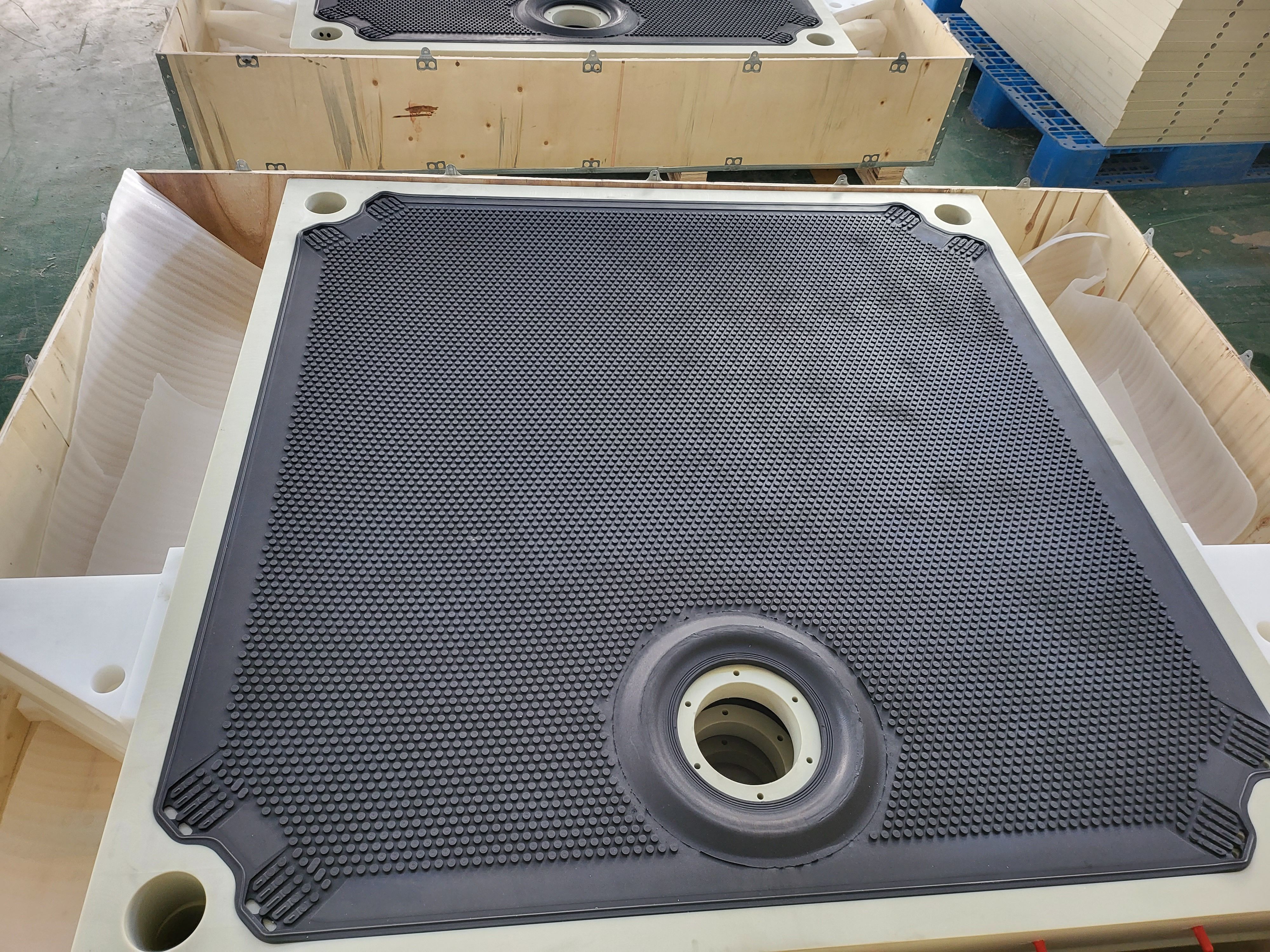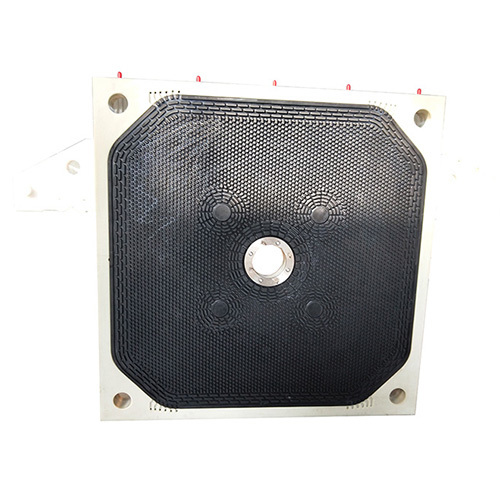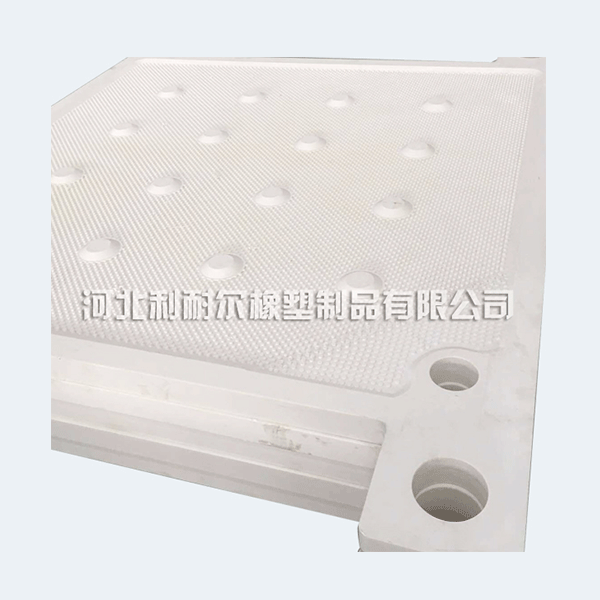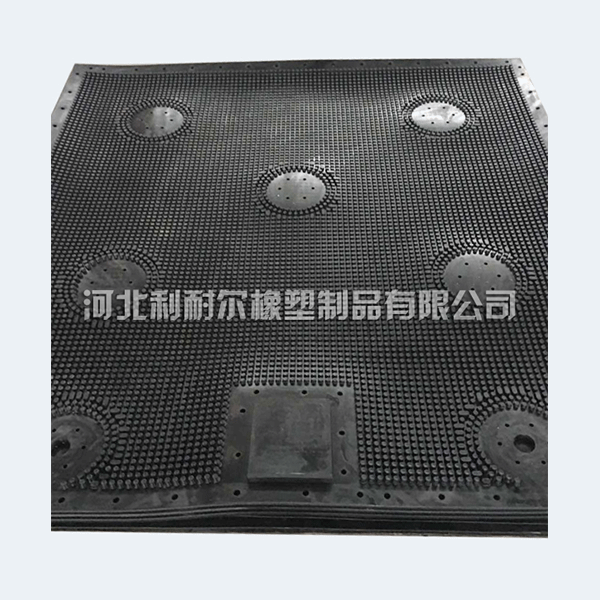Release time:
2025-06-03
The Role of Diaphragm Plates in Modern Manufacturing Processes Manufacturing processes today are more sophisticated than ever, driven by technological advancements and the demand for efficiency. One of the key components that contribute significantly to these processes is the diaphragm plate. While often overlooked, diaphragm plates play a pivotal role in various applications, from fluid control t
The Role of Diaphragm Plates in Modern Manufacturing Processes
Manufacturing processes today are more sophisticated than ever, driven by technological advancements and the demand for efficiency. One of the key components that contribute significantly to these processes is the diaphragm plate. While often overlooked, diaphragm plates play a pivotal role in various applications, from fluid control to pressure regulation. This article delves into how diaphragm plates function, their applications across different industries, and the innovations shaping their future.
Understanding Diaphragm Plates: A Fundamental Component
Diaphragm plates are flexible membranes used in various mechanical and manufacturing applications. They act as barriers or separators, allowing for controlled movement and pressure regulation. The primary function of diaphragm plates is to facilitate the transfer of forces while isolating different components within a system.
The Composition and Design of Diaphragm Plates
Diaphragm plates are typically made from materials such as rubber, plastic, metal, or composite materials, each chosen based on the specific requirements of the application. The design of diaphragm plates can vary significantly, influencing their performance. Factors such as thickness, shape, and material flexibility are tailored to meet the demands of different manufacturing processes.
Key Characteristics of Diaphragm Plates
- **Flexibility**: Essential for accommodating changes in pressure and volume.
- **Durability**: Made to withstand harsh conditions and repeated cycles.
- **Chemical Resistance**: Important for applications involving corrosive substances.
- **Temperature Tolerance**: Ability to perform under varying temperature ranges.
Applications of Diaphragm Plates in Manufacturing
The versatility of diaphragm plates allows them to be used in numerous applications across several industries. Here are some noteworthy examples:
1. Automotive Industry
In the automotive sector, diaphragm plates are integral to fuel systems, brake mechanisms, and transmission systems. They ensure efficient fuel flow, manage pressure in brake systems, and contribute to the overall safety and performance of vehicles.
2. Aerospace Engineering
Diaphragm plates are used in aerospace applications to regulate hydraulic systems. Their ability to withstand extreme conditions and provide reliable performance is crucial for the safety and efficiency of aircraft operations.
3. Industrial Manufacturing
In industrial settings, diaphragm plates find applications in pumps, valves, and actuators. They help control the flow of fluids and gases, ensuring operational efficiency and preventing leaks, which is vital in maintaining productivity.
4. Medical Devices
The medical field relies on diaphragm plates in devices such as pumps and diagnostic tools. Their precision and reliability are essential for accurate measurements and efficient operation of medical equipment.
Innovations in Diaphragm Plate Technology
As manufacturing technologies evolve, so do diaphragm plates. Innovations in materials and design are continually enhancing their performance and expanding their applications.
Advanced Materials for Enhanced Performance
Recent advancements include the development of high-performance polymers and composite materials that offer greater flexibility, strength, and chemical resistance. These materials allow diaphragm plates to perform better under extreme conditions, extending their lifespan and reducing maintenance costs.
Smart Diaphragm Plates: The Future of Manufacturing
The integration of smart technology into diaphragm plates is on the rise. These smart plates can monitor pressure and temperature in real-time, providing manufacturers with valuable data for predictive maintenance and process optimization. This innovation can significantly enhance operational efficiency and reduce downtime.
Choosing the Right Diaphragm Plate for Your Application
Selecting the appropriate diaphragm plate for a specific application involves several considerations.
1. Assessing Material Compatibility
Understanding the chemical properties of the fluids or gases that will interact with the diaphragm plate is crucial. Selecting a material that can resist corrosion and degradation will ensure longevity and reliability.
2. Evaluating Pressure and Temperature Conditions
Different applications require diaphragm plates that can operate under varying pressure and temperature conditions. It’s essential to assess these factors to ensure functionality and safety.
3. Considering Design and Size
The design and dimensions of the diaphragm plate must align with the system's requirements. Factors such as thickness, diameter, and shape can significantly impact performance.
Challenges in the Use of Diaphragm Plates
Despite their numerous advantages, diaphragm plates are not without challenges.
1. Wear and Tear
Diaphragm plates are subject to wear over time, particularly in high-stress applications. Regular maintenance and monitoring are necessary to prevent failures that could compromise the entire system.
2. Manufacturing Variability
Inconsistent manufacturing processes can lead to variability in diaphragm plate performance. Ensuring high-quality production standards is essential for reliability.
Future Trends in Diaphragm Plate Manufacturing
The future of diaphragm plates in manufacturing looks promising, with ongoing research and development focusing on sustainability, efficiency, and performance.
Focus on Sustainability
As industries strive for greener practices, manufacturers are exploring biodegradable materials for diaphragm plates. This shift toward sustainability can significantly reduce environmental impact.
Integration with Industry 4.0
The movement toward Industry 4.0 emphasizes connectivity and automation. Diaphragm plates equipped with sensors will play a crucial role in smart manufacturing, enabling real-time monitoring and data-driven decision-making.
FAQs about Diaphragm Plates in Manufacturing
1. What are diaphragm plates used for in manufacturing?
Diaphragm plates are used in various applications, including fluid control, pressure regulation, and as barriers in mechanical systems.
2. What materials are commonly used for diaphragm plates?
Common materials include rubber, plastic, metal, and composite materials, chosen based on the application’s requirements.
3. How do diaphragm plates enhance manufacturing efficiency?
By providing precise control over pressure and flow, diaphragm plates help reduce downtime and enhance operational efficiency.
4. What innovations are shaping the future of diaphragm plates?
Innovations include advanced materials, smart technology integration, and a focus on sustainability in manufacturing practices.
5. How can I select the right diaphragm plate for my application?
Consider factors such as material compatibility, pressure and temperature conditions, and the specific design requirements of your system.
Conclusion
Diaphragm plates are an indispensable component in modern manufacturing processes. Their versatility and ability to regulate pressure and flow make them vital to various industries, from automotive to aerospace. As technology advances, diaphragm plates are evolving, incorporating innovative materials and smart features that enhance their performance and sustainability. By understanding their role and selecting the appropriate diaphragm plates for specific applications, manufacturers can significantly improve operational efficiency, safety, and product quality. Embracing these advancements will not only benefit individual businesses but also contribute to the broader evolution of manufacturing practices in the years to come.
Related News




























